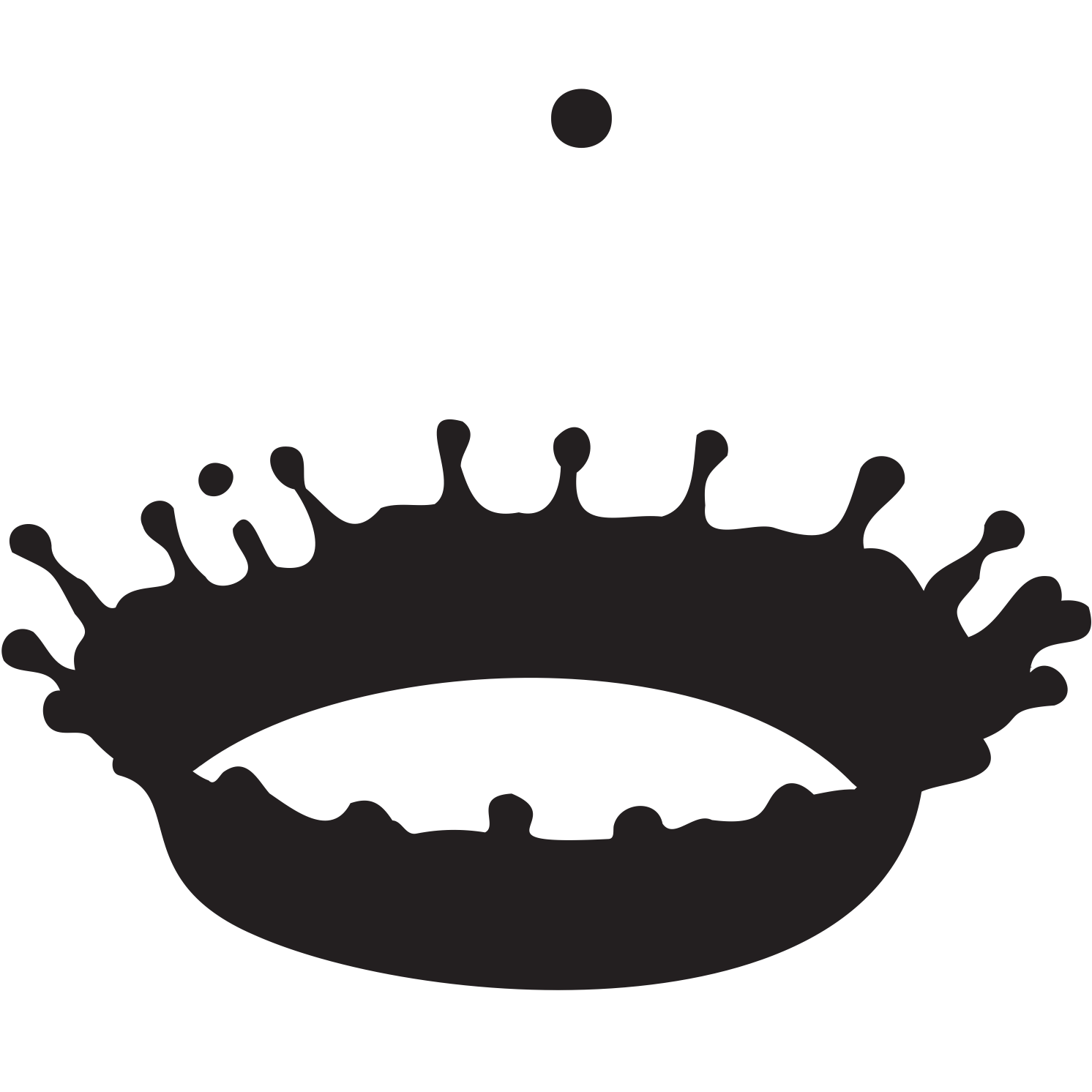An opportunity for undergraduates to participate in teaching and tutoring Center subjects and seminars. Students develop one-on-one teaching skills under the supervision of an Edgerton Center instructor.
Opportunity for independent study under regular supervision by a staff member. Projects require prior approval, as well as a written proposal and final report. Students work with international community partners to continue developing projects, focusing on one or more issues in education, design, or public service. Final presentations and written reflection required. May be repeated for credit for a maximum of 12 units.
Opportunity for independent study under regular supervision by a staff member. Projects require prior approval, as well as a written proposal and final report. Students work with international community partners to continue developing projects, focusing on one or more issues in education, design, or public service. Final presentations and written reflection required. May be repeated for credit for a maximum of 12 units.
Explores gender roles, illuminates the power dynamics and root causes of inequality, and provides a framework for understanding gender dynamics. Develops skills to conduct a gender analysis and integrate gender-sensitive strategies into large- and small-scale development solutions. Prompts critical discussion about social, economic, and political conditions that shape gender in development (particularly design and implementation of appropriate technology) as well as agricultural and job creation initiatives.
Opportunity for independent study under regular supervision by a staff member. Projects require prior approval, as well as a written proposal and final report. Students work with international community partners to continue developing projects, focusing on one or more issues in education, design, or public service. Final presentations and written reflection required. May be repeated for credit for a maximum of 12 units.
Provides an introduction to the field of computational psychiatry from the perspective of technology platforms that can be applied to mental health and wellness. Identifies current needs and challenges informed by clinical practice, and reviews emerging technologies, including chatbots, social robots, wearable sensors, virtual reality, mobile phones, and digital phenotyping. Discusses related topics of privacy and ethical use. Students complete weekly written assignments as well as three design exercises over the course of the semester.
Seminar on founding, financing, and building entrepreneurial ventures in developing nations. Challenges students to craft enduring and economically viable solutions to the problems faced by these countries. Cases illustrate examples of both successful and failed businesses, and the difficulties in deploying and diffusing products and services through entrepreneurial action. Explores a range of established and emerging business models, as well as new business opportunities enabled by innovations emerging from MIT labs and beyond.
Focuses on product development of technologies for people in less industrialized markets. Students work in interdisciplinary teams to develop previously established prototypes or technologies towards manufacturing-ready product designs. Topics are presented within the context of the developing world and include technology feasibility and scalability assessment; value chain analysis; product specification; design for affordability, manufacturability, usability, and desirability; and product testing and manufacturing at various scales.
A hands-on, project-focused class that engages students through community-based approaches to advance the United Nations' Sustainable Development Goal 7, which seeks to ensure access to affordable, reliable, sustainable, and modern energy. Teams work on off-grid energy projects related to lighting, cooking, agricultural productivity, or other solutions with pre-selected community partners. Project work includes assessment of user needs, technology identification, product design, prototyping, and implementation strategies for ongoing projects.
Focuses on film and digital photography. Develops skill in the use of chemical darkrooms, scanners, digital printers and cameras to create striking still images capable of evoking strong emotional and intellectual responses from a viewer. Emphasizes the interplay between classical chemical and digital techniques and how they can be used to control the use of lighting, color, depth, and composition in an image.





